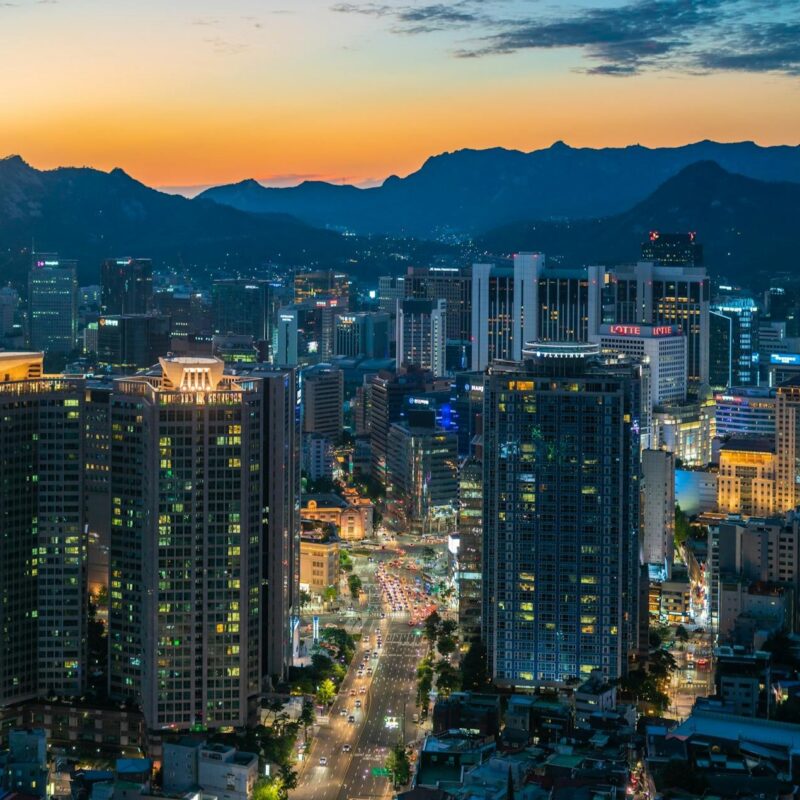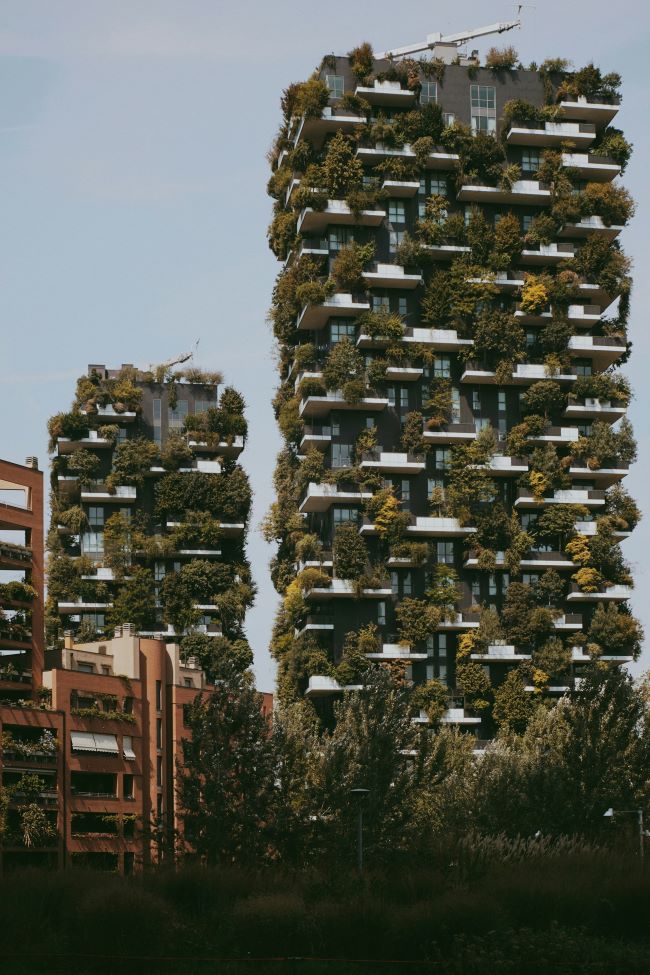Cities worldwide now building up instead of out
A new study shows that cities around the globe have largely transitioned from growing outward to growing upward. See charts and more here.
The post Cities worldwide now building up instead of out first appeared on EarthSky.

Cities worldwide now building up instead of out
In 1990, the world’s population was just over 5 billion people. Now it’s 8+ billion people. Luckily for wildlife, we’ve become an increasingly urban society, and today more than half of Earth’s humans live in cities. The United Nations says that by 2060, 2/3s of all humans will live in cities. And here’s another transition that will help the natural world. New research looked at more than 1,550 cities from the 1990s to 2010s and found city growth has transitioned from out to up.
The researchers analyzed data from several satellites, such as Landsat, and found profound shifts in how cities expanded over three decades. They published their peer-reviewed work in the journal Nature Cities on August 5, 2024.
The growth of cities
There are three different ways a city can grow. First, it can grow out laterally, expanding into adjacent lands. Second, it can grow by “infilling,” which makes use of vacant city land for new buildings. And third, cities can experience vertical growth, replacing shorter buildings with taller structures.
Previous studies of urban areas have focused on lateral growth and infilling. Only over the past 10 years have some studies started to look at the vertical growth of cities.
As cities continue to grow with more people flocking to urban areas, the data from this study will be useful for city planning.
See the growth over three decades
In the diagram below, the first column represents the 1990s, the second is the 2000s and the third is the 2010s. Pink shows outward growth. Light blue shows upward growth. Dark blue shows upward and outward growth. Most cities originally showed outward growth and then transitioned to upward growth. Researchers found the most dramatic shift from rapid urban growth being mostly outward to mostly upward in an arc from East Asia through China and Southeast Asia to India.
The study said:
Rapidly growing large cities in the twenty-first century are now mostly growing upward.
Cities may have expanded vertically more than they have horizontally since the 1990s, according to an analysis of three decades of satellite data from around the world published in @NatCities. https://t.co/p5pNS1e287 pic.twitter.com/S1Gc2bO4yk
— Nature Portfolio (@NaturePortfolio) August 5, 2024
Why build upward?
What are some reasons for building upward instead of outward? Besides leaving more of the countryside in a natural state, it’s also beneficial for city dwellers. Upward growth allows people to stay closer to the city center, making for shorter commute times and easier access to community resources. Instead of costs and pollution associated with car ownership, city dwellers can take public transportation or walk. Therefore, the paper said it’s also important to foster walkability by keeping block sizes smaller.
Extending cities upward instead of outward also means they can build on the existing infrastructure.
City growth and the environment
The study mentions the environmental impact that vertical development can have on cities and the land, but did not go into great detail. The study said:
The 3D growth of cities affects greenhouse gas emissions, material demand and urban climate.
This shift toward vertical development has profound consequences for material and energy use, local climate and urban living. [And it] has important positive and negative implications in terms of sustainable futures.
The Brookings Institution has said households in the suburbs are responsible for more carbon emissions than urban dwellers. It said:
While households located in more densely populated neighborhoods have a carbon footprint 50% below the national average, those in the suburbs emit up to twice the average.
Of course, cities are not utopias. There are also the drawbacks of air pollution, noise pollution, light pollution, a high cost of living, crime, a lack of green spaces and more. But it’s clear that as our population grows, people will continue to flock to cities for jobs and other opportunities.

Bottom line: A new study shows that cities around the globe have largely transitioned from growing outward to growing upward.
Source: Global urban structural growth shows a profound shift from spreading out to building up
Read more: What’s happening under cities? Underground climate change
The post Cities worldwide now building up instead of out first appeared on EarthSky.
